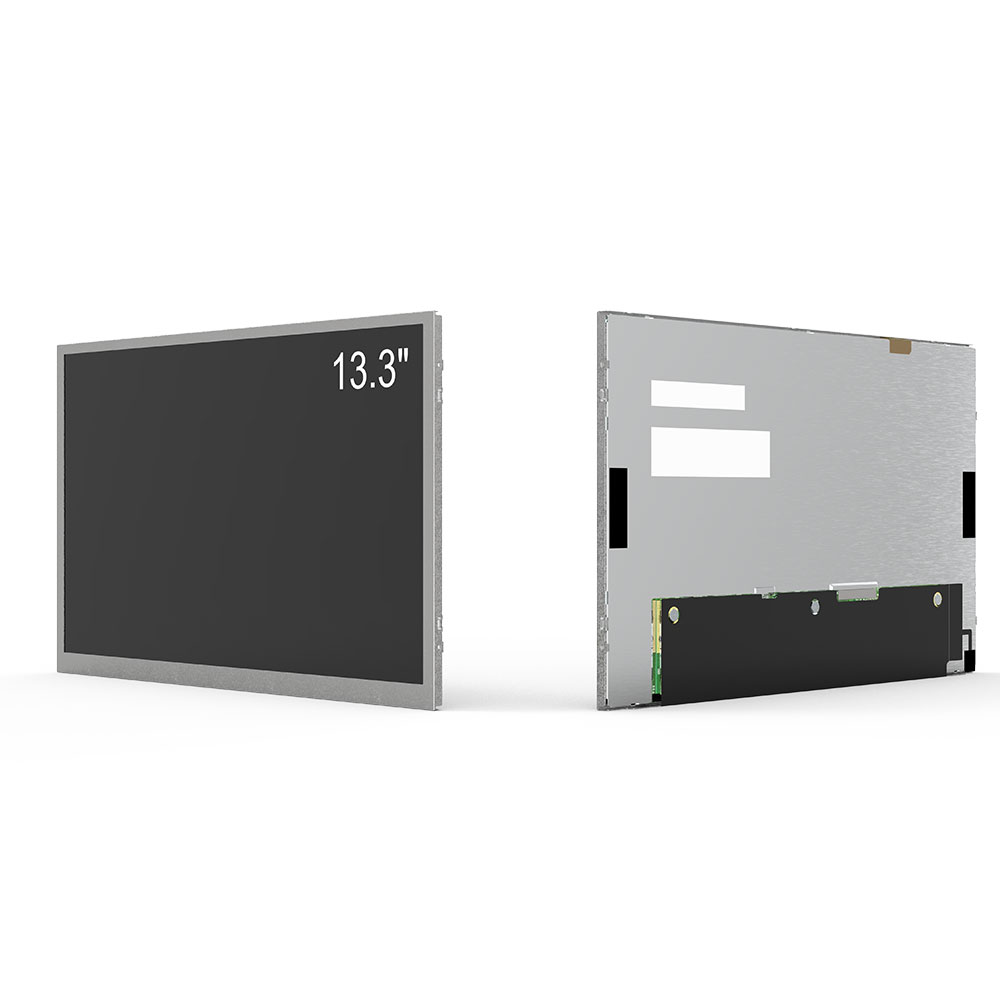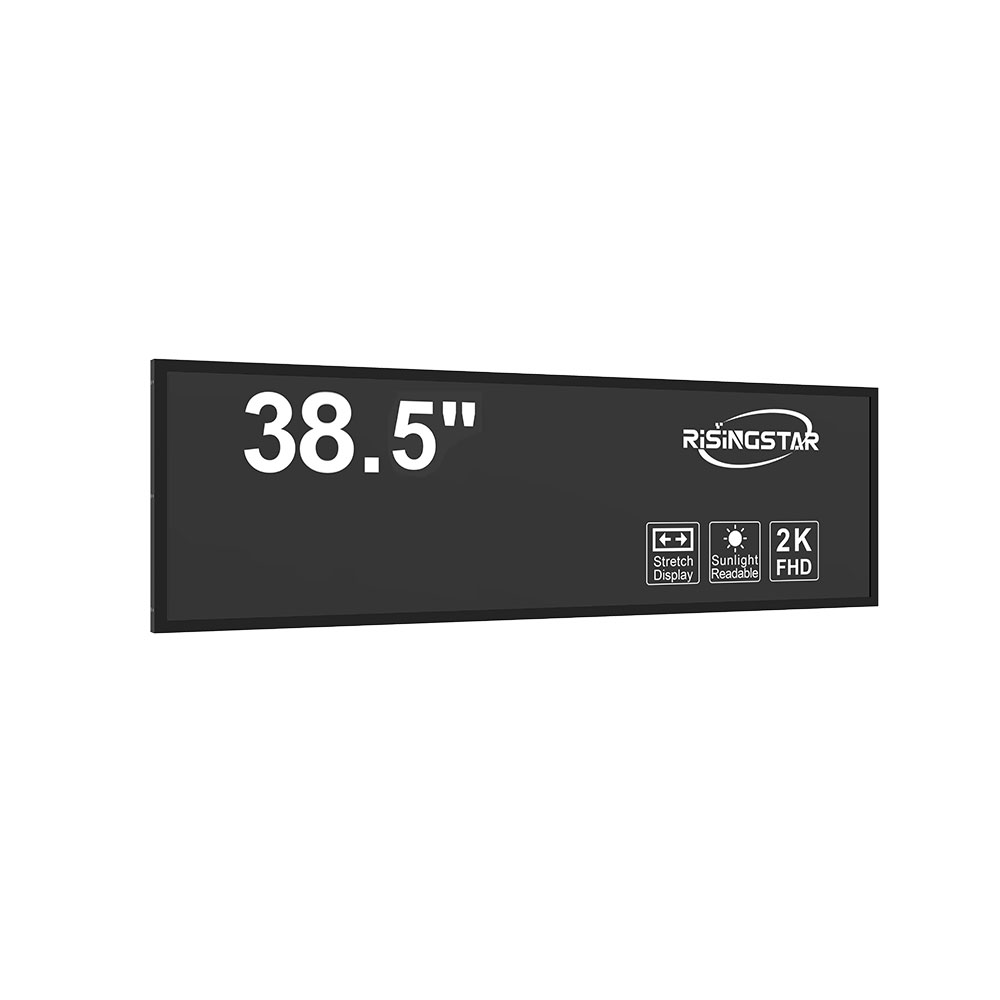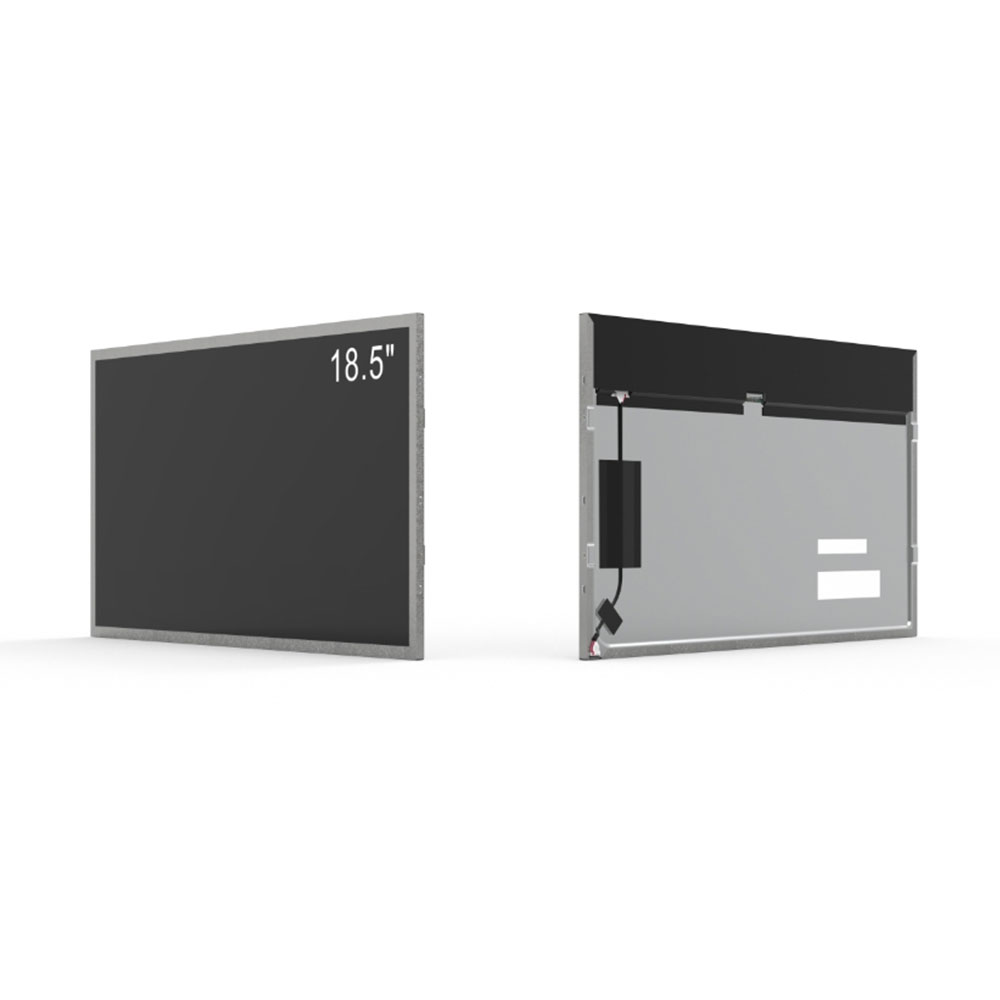- Home
- About Us
- Products
- News
- Video
- Contact
- Send Inquiry
Search
- Home
- About Us
- Products
- News
- Video
- Contact
- Send Inquiry

Efecto mura, a term commonly used in the display industry—particularly in high-brightness outdoor LCD screens—is a visual anomaly that manifests as non-uniform brightness or color variations across a screen’s surface. While often subtle, it can significantly degrade image quality, especially in professional applications such as digital signage, public information displays, and large-scale advertising in urban environments. The phenomenon is not a defect per se but rather a characteristic of certain liquid crystal display (LCD) technologies, particularly those using LED backlighting systems.
The root cause of efecto mura lies in the uneven distribution of light from the backlight unit (BLU). In outdoor LCDs, which are designed to maintain visibility under direct sunlight (often exceeding 5,000 nits of brightness), manufacturers use arrays of LEDs behind the panel. If these LEDs have slight variations in intensity or if there are imperfections in the diffuser sheets or optical films, localized bright or dark spots appear—this is the essence of efecto mura. It becomes more pronounced when the screen is displaying uniform content like white or solid colors, making it particularly noticeable in video walls, retail kiosks, or transportation information systems.

According to a 2023 study published by the Society for Information Display (SID), over 78% of outdoor LCD failures reported by commercial users were initially misattributed to efecto mura before being correctly diagnosed as backlight non-uniformity issues. This highlights the need for both consumer awareness and better quality control during manufacturing. Leading manufacturers like LG Display, BOE Technology, and Samsung SDI now incorporate advanced algorithms in their drivers to dynamically adjust local dimming zones—a technique known as “local dimming correction”—which reduces the perception of mura by compensating for uneven lighting in real-time.
Moreover, the International Electrotechnical Commission (IEC) has developed standards such as IEC 62341-1, which outlines acceptable levels of mura for commercial-grade displays. These standards define thresholds based on luminance deviation (measured in cd/m²) and spatial frequency analysis. For example, an outdoor LCD intended for highway signage must exhibit less than 5% luminance variation within a 10 cm² area to meet Class A certification. Such benchmarks ensure consistency across products and enable specifiers (like city planners or event managers) to choose compliant displays that minimize visual artifacts.
In practical terms, efecto mura can be mitigated through several methods: 1) Using higher-quality diffuser materials with better light-scattering properties; 2) Implementing pixel-level calibration routines during production; and 3) Adopting OLED technology where available—though OLED panels are still less common in ultra-high-brightness outdoor applications due to cost and lifespan constraints. Additionally, some companies now offer post-production software tools that allow end-users to fine-tune mura compensation via firmware updates, a feature increasingly valued in modular display systems used in stadiums or airports.

Ultimately, while efecto mura cannot be entirely eliminated without significant design trade-offs, its impact can be effectively managed through a combination of hardware innovation, rigorous testing protocols, and intelligent software solutions. As outdoor digital signage continues to grow globally—with a projected market size of $54 billion by 2027 (Statista, 2024)—understanding and addressing this phenomenon remains critical for delivering immersive, reliable visual experiences in demanding environments.
